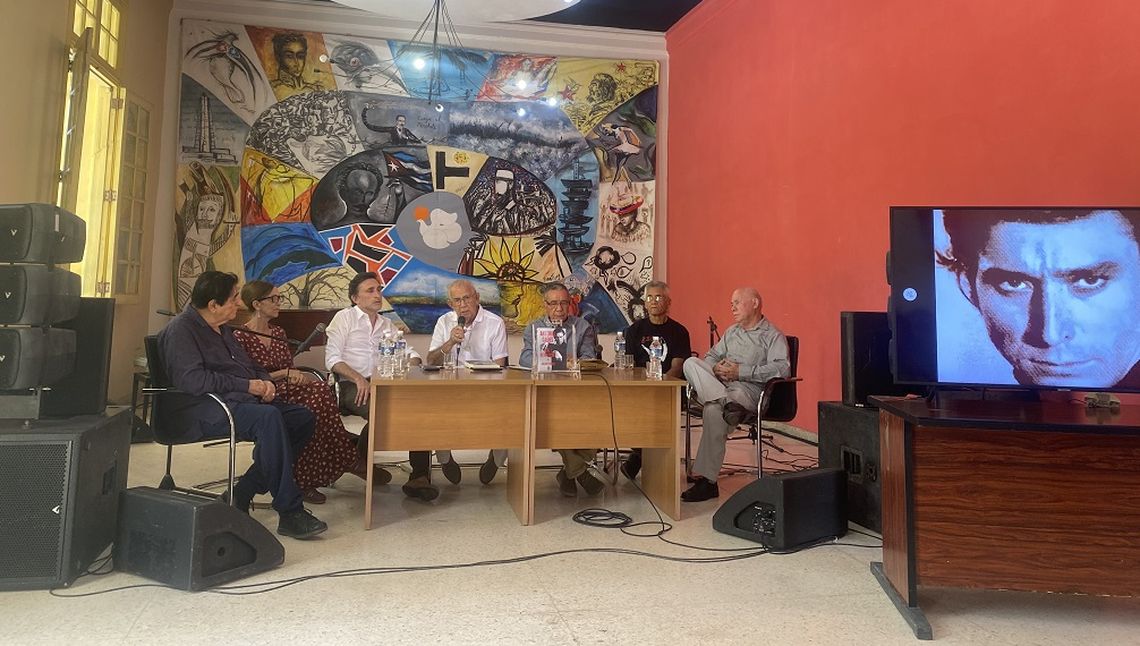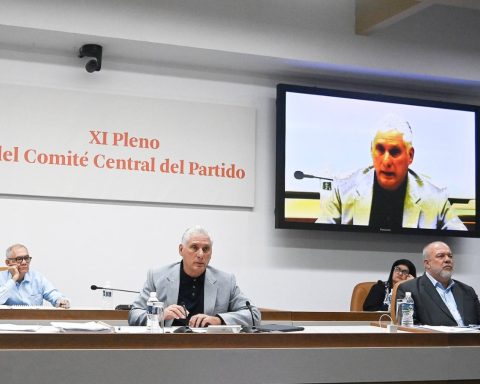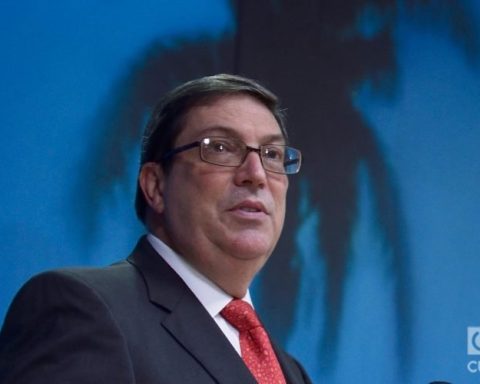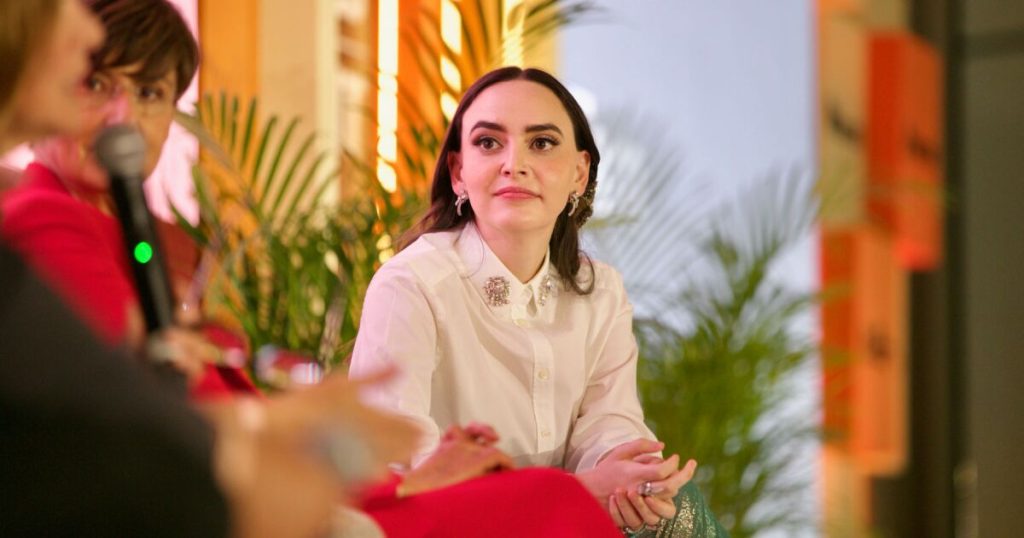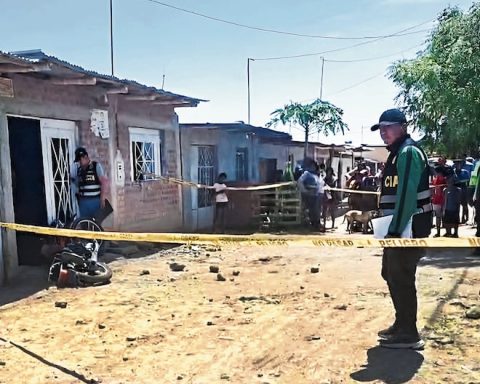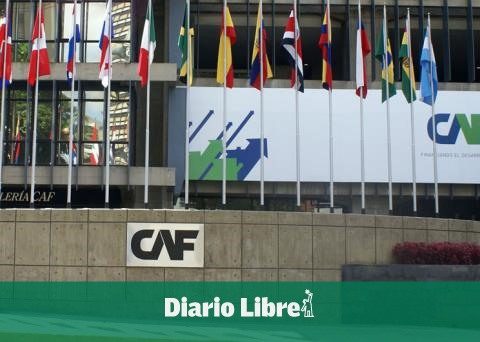One of the great figures of the dance world, THE SPANISH ANTONIO GADESwas evoked this Thursday in Havana to 50 years of his debut in Cuba.
The famous dancer and choreographer, whose remains rest in the Santiago municipality of Second Front Book presented at the House of Cultural Albain the capital of the island.
It is the volume Antonio Gades. Art and revolutionof the Argentine journalist and writer Julio Ferrermedia collaborator such as The pulse, 2016 magazinethe newspaper of the Mothers of Plaza de Mayo and the newspapers Diagonals, The day, Page/12 and Argentine timeamong others.
Memories, anecdotes and emotions crossed during the presentation of the text, in an environment where the public and dance personalities such as Spanish dancers Joaquín de Luz and Stella Arauzoartistic director of the Antonio Gades Foundation of Spain, honored the famous artist, according to an office of the Cuban News Agency (ACN).
In the opinion of Miguel Cabrera, historian of the National Ballet of Cuba, Ferrer’s book is not a literary exercise, but an act of faith, of communion of ideals.
For his part, the author of the text claimed to feel honored for being in Cuba and added that in the book the life and work of Gades is reflected. More than 60 interviews conducted to the dancer in various parts of the world They appear in this literary work.
“He was an anti -imperialist and anti -fascist man, who believed in the human condition and equality of all; committed to his time,” said the Argentine writer and teacher about the artist, who first arrived in Cuba in 1975 invited by Alfredo Guevara, founder of the Cuban Institute of Art and film industry (Icaic).
Posted in 2024the book contains, among many, a chapter that its author considers “very special”, which is focused on the love that Gades felt by Cuba and what the Cuban Revolution, social and political process with which the dancer felt identified.
According to Ferrer, The volume tries to reflect all the facets of Gades: the artist, the human and the politician; while also shown their relationship with the arts and personalities such as Fidel Castro.
Other figures close to Gades also highlighted their mark, including Redeect Morejón, who was a commercial representative at the Cuba Embassy in Spain; and Dr. José Ángel García, who took care of the artist’s health until his Cancer death in 2004, in Madrid at age 67.
The presentation of the book Antonio Gades. Art and revolution It is inserted in THE XXXI FESTIVAL LA HUAGO DE ESPAÑAwhich until next Saturday offers a program with important national and foreign groups.
Gades, through strokes
Spanish dancer, actor and choreographer Antonio Esteve Ródenas –Born in Elda, Alicante, on November 16, 1936– It came from a poor family who moved to Madrid in 1941 after the steps of a Republican father.
Antonio had to abandon his studies to work in different trades, which alternated with his fondness for bulls.
Discovered in a circus by the dancer Pilar López, who owes the nickname of Antonio Gades And from whom he learned that “first is the ethical and then the aesthetic,” the artist integrated the company for nine years, to become the first dancer. From 1961 it is “dreamy”, its first success show.
After a fruitful stage in Italy – I worked with Antón Dolin in “Bolero” for the Opera de Rome and debuts in 1962 in the Scala de Milan – the corral of the Morería reappears in the Madrid tablao and throws himself into the celluloid as an actor in 1963 with the musical “Los Tarantos”, of Rovira Beleta, with whom he will return to work in 1967 in “LOVE LOVE”.
His Cinematographic career Includes, in this decade, titles such as “With the Wind Solano” (1965) under the orders Mario Camus, a filmmaker who extracts his best dramatic record in the role of Gypsy Sebastian.
Gades shared the stage with Carla Fracci and Rudolf Nureyev and in 1969 bursts with her own ballet: a cooperative of just over a dozen members she presents in Paris and with which she deserved in 1970 the National Theater Award.
With his company, the flamenco artist walked “The Witch Love” through the stages of Europe, America and Asia, and later his version of “Blood Weddings”, in 1974, which consecrated him internationally.
After Franco’s death, He agreed to direct the National Ballet of Spain (BNE)a period that ends with its cessation on March 3, 1980 and the dissolution of the ballet for lack of legal entity. Together with the dancers, who jointly abandoned the ballet, forms the independent group of dance artists (Giad), a cooperative that directed until 1981.
Attracted by interpretation and At the orders of Carlos Saura Star on Cristina Hoyos and Laura del Sol La “Blood Weddings”, 1981; “Carmen”, 1983 and “The Witch Love”, 1986.
That work united with great success to the Aragonese director, and specifically “Carmen” was appointed in 1984 Oscar candidate for the best film in non -English language. With the same title, Gades premiered in March 1983 a show that he exhibited throughout the world.
After rebuilding your company, In 1994, he released “Fuenteovejuna”, his last showan adaptation of Caballero Bonald about the text of Lope de Vega that dazzled the world.
https://www.youtube.com/watch?v=8wyfwf-f9bo
Cuba, second homeland
His relationship with Cuba was specialbeyond its political affinities. In 1978 Antonio Gades moved to Havana invited by Alicia Alonso, who convinced the artist to return to the stage after two years of absence.
“Alicia Alonso,” Gades would recognize, “has contributed to teaching me the true meaning of a culture worker. He taught me everything I put into practice in the National Ballet of Spain as director.”
On April 28, 1978 with Alicia, Antonio Gades interprets the choreography “Ad Libitum”by the Cuban choreographer Alberto Méndez, with music by Sergio Vitier. She in tips, he with his flamenco attire, short Chalequillo and boots.
“It was something strange,” the dancer would remember, “the rhythms were flamenco, but they were interpreted with African instruments, and that is why there was a fusion of Spanish, African and the Cuban culture.”
However, collaboration with the Ballerina Assoluta cousin It did not remain in “ad libitum”, but the Spanish He came to interpret the Hilarión character in the mythical “Giselle” by Alicia Alonsohis great role in the history of classic ballet.
https://www.youtube.com/watch?v=edtfwqzoaxk
The experience achieved fantastic criticism of the Metropolitan Opera House from New York and Kennedy Center from Washington.
“I knew that Antonio was hilarion par excellence. He at first did not believe it, but little by little he got into the character,” said the director of the National Ballet of Cuba.
Shortly before dying, Antonio Gades was Awarded in Havana by Fidel Castro with the order José Martí. The ashes of the flamenco artist lie at the foot of the Sierra Maestra, in the mausoleum of the guerrillas of the second eastern front.
Some 22 years before, Fidel Castro and Alicia Alonso had been the godfather sponsors in Havana with Pepa Flores, the Spanish actress and singer known as Marisol.
